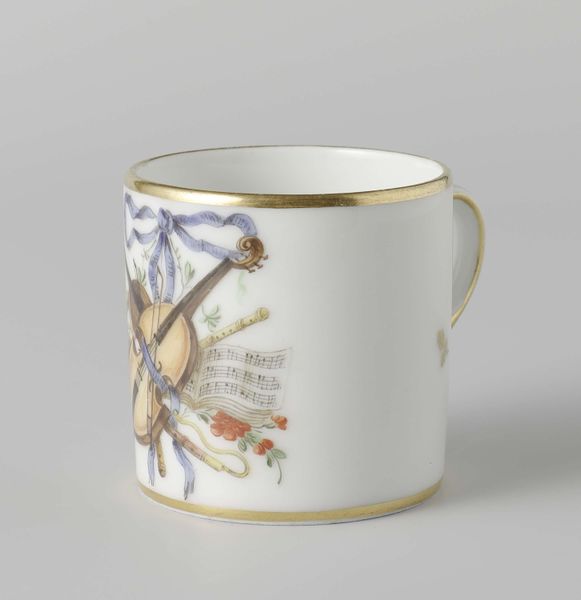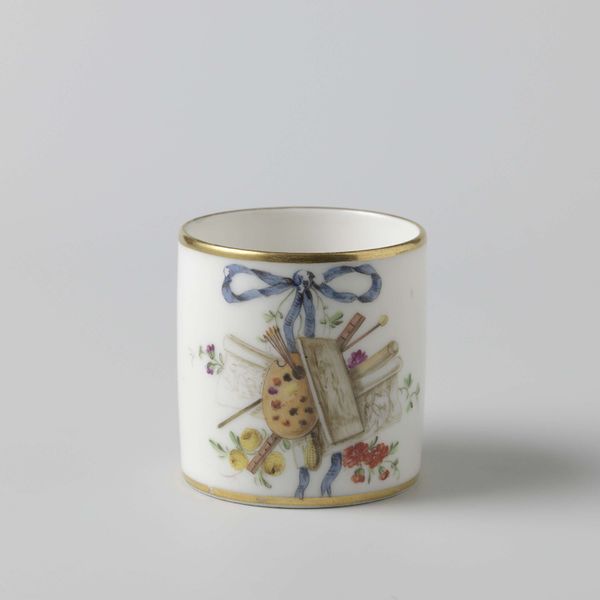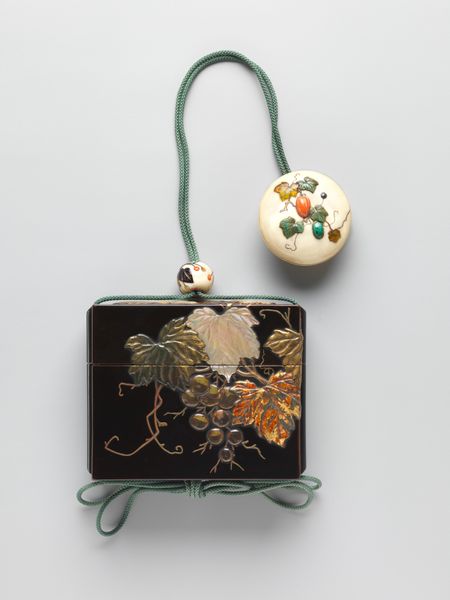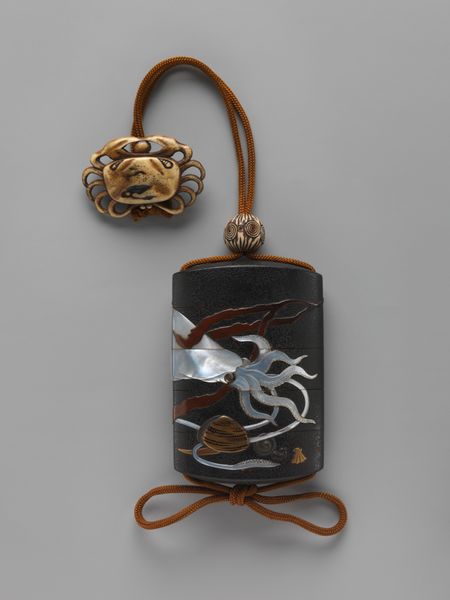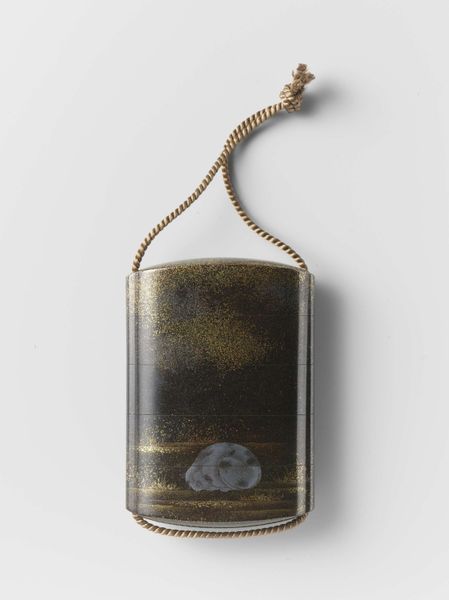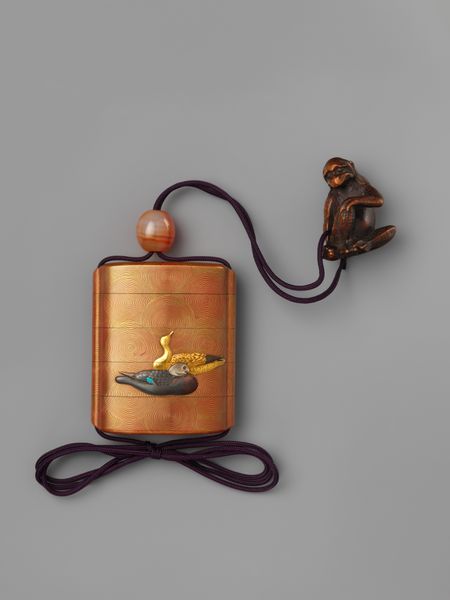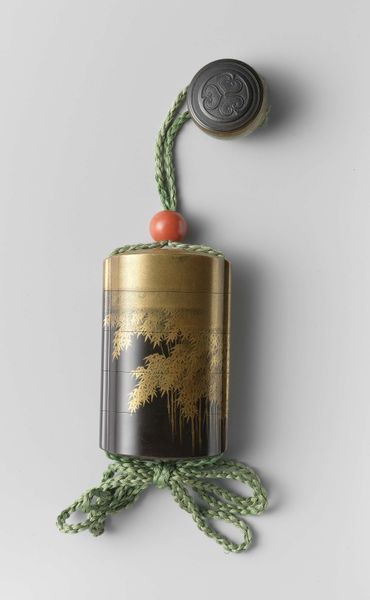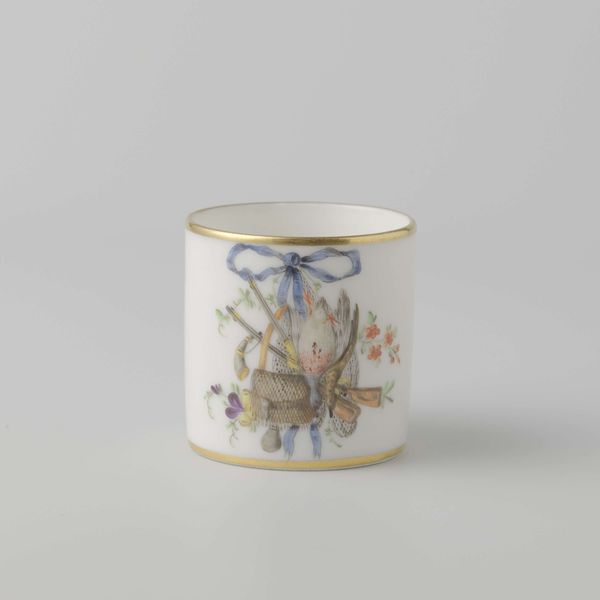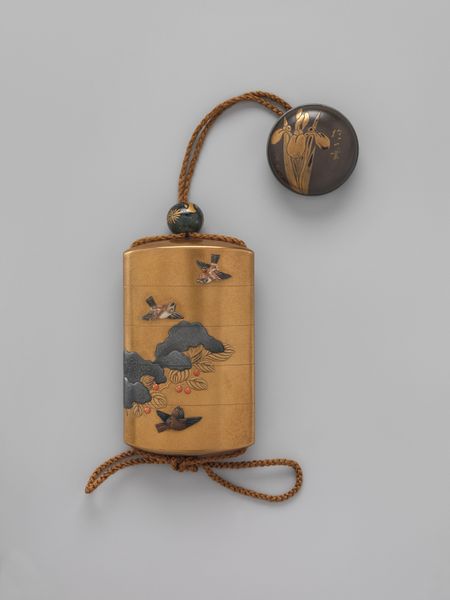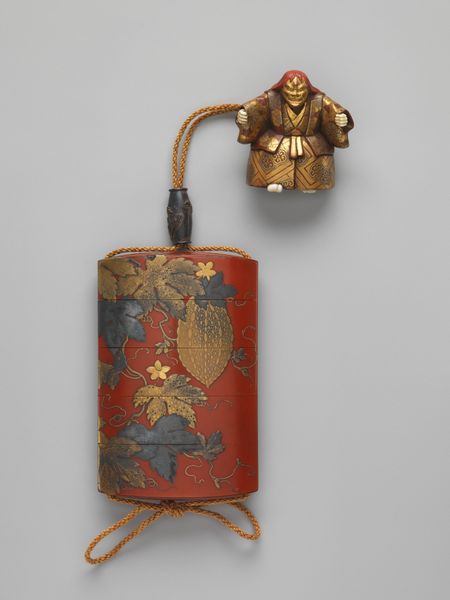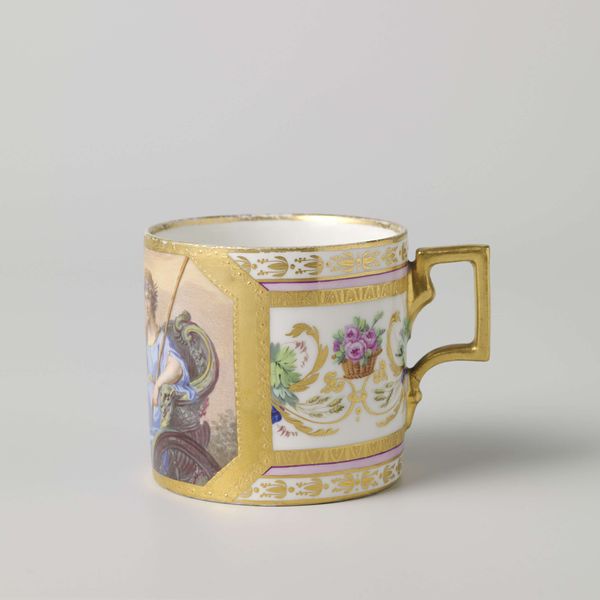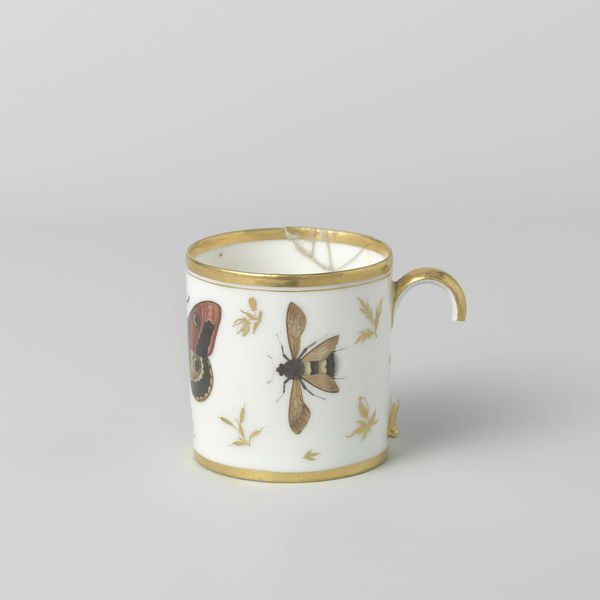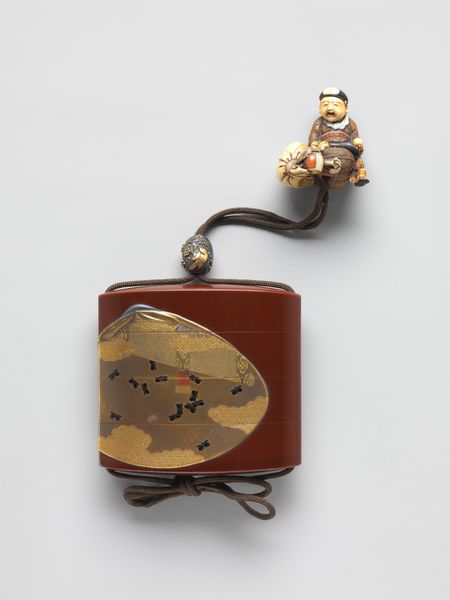
mixed-media, wood
#
mixed-media
#
asian-art
#
wood
#
decorative-art
Dimensions: height 6.5 cm, width 5.7 cm, depth 2.3 cm
Copyright: Rijks Museum: Open Domain
Editor: Here we have a meticulously crafted Inro, created sometime between 1725 and 1825. It appears to be fashioned from wood, possibly with mixed media inlays. It's so small, yet brimming with such delicate details. What can you tell us about its context? Curator: This Inro is fascinating. As a functional object elevated to an art form, its history lies at the intersection of fashion, social class, and artistic innovation. Inro served as portable cases for personal seals or medicines. Consider its role as a status symbol – the elaborate design indicates the wealth and taste of its owner, and the decoration itself hints at their social standing. Editor: A status symbol, that makes sense. What about those natural images, like the flowers and birds? Curator: Natural imagery like plum blossoms and birds speaks volumes. The plum blossom, blooming even in winter, is an important symbol of resilience, renewal and beauty. So what do these associations suggest when linked to the object’s patron? Editor: That they viewed themselves, or perhaps wished to be seen, as equally resilient and refined? So its more than decorative, it becomes a form of communication. Curator: Precisely. This Inro operated within a complex visual language that communicated personal attributes within specific social settings. Now I’m curious: do you think objects like this still fulfill the same role in today's society? Editor: In a way, yes! It’s interesting to think how everyday objects, even now, communicate something about our identity and values.
Comments
No comments
Be the first to comment and join the conversation on the ultimate creative platform.
